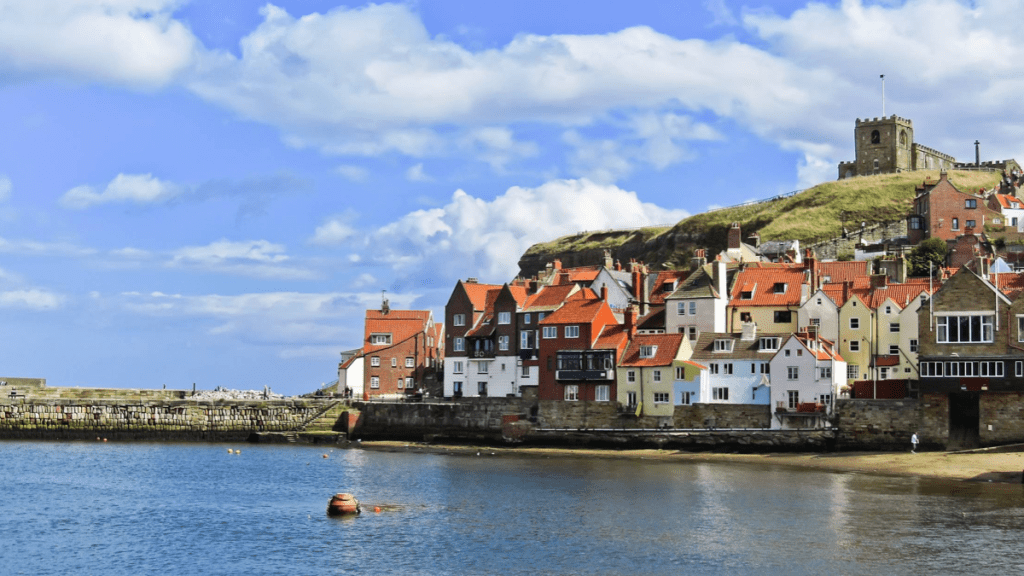
- The pressing issue of the coastal divide in coastal communities and the impact it has their growth and prosperity.
- Potential solutions such as investment in green energy, improved transport links, and the facilitation of remote working could help face the lingering challenges.
- By addressing this divide, coastal communities can thrive and enjoy the benefits of of both urban opportunities and their unique coastal charm.
According to a new report commissioned by the Coastal Communities Alliance, coastal communities across England need levelling up. Many of England’s coastal towns were once thriving as busy fishing spots and domestic seaside resorts, but as these ventures have become less profitable over time, local economies have struggled. Here, Guy Miller, CEO of wholesale fibre network operator MS3 Networks, explores some of the report’s key findings, and what they mean for the seaside’s digital future.
The Communities on the Edge report explores some of the challenges coastal communities face, particularly compared to the rest of the country. The report warns that the Government’s focus on levelling up wholeregions rather than considering the inequalities within them means that some areas are being overlooked.
What Are the Problems?
Reduced pay, limited job opportunities and gaps in school attainment are just a few of the challenges reported. With household incomes typically £3,000 lower than in non-coastal areas and almost 20 per cent of jobs paying below the living wage, it’s clear there’s a big financial gap.
One of the factors behind this is the dependence of coastal towns on more traditional sectors such as fishing and mining, which have largely declined in recent years. Seaside towns that rely on domestic tourism also suffer, as there often just isn’t the demand to support the local economy all year round.
But the report does identify plenty of opportunities for these coastal communities to grow with the right investment. For example, the push towards green energy and decarbonisation could create more high-skilled jobs in offshore wind farms. And improvements to transport links could help to facilitate an increase in domestic and international visitors, for holidays and events as well as for work and conference venues.
Facilitating hybrid working will also help to boost these economies. Traditionally, many of the younger residents are forced to move away following education in search of better-paid jobs elsewhere, leading to a loss of skills and revenue for the community. Enabling remote working helps areas retain local talent and opens up opportunities for older or disabled workers to access employment.
But central to achieving greater remote working opportunities, attracting more visitors and retaining highly skilled workers is one thing: connectivity.
The Digital Divide
One of the key issues highlighted within the report is the ‘digital divide’ — the unequal access to technology experienced by coastal communities compared to those further inland. Only around 60 per cent of premises on the coast had access to gigabit broadband in 2022, approximately ten percentage points less than non-coastal areas.
But with internet access positively correlated with greater employability, higher paid jobs and reduced retail pricing, the negative effects of this gap in connectivity might run deeper than initially thought. Inadequate internet access reduces the possibility of remote working and can deter tourists for whom connectivity is a priority. Socialisation becomes more limited, particularly for those who struggle with mobility or live in more remote areas.
Productivity decreases as employees struggle with slow broadband speeds. And as supply chains develop with the rise of automation, businesses without adequate broadband infrastructure may fall behind their competition. This becomes especially true when considering the sheer amount of cargo that travels through these seaside communities. The Port of Immingham in Grimsby, for example, was the UK’s largest port by tonnage in 2019, transporting over 54 million tonnes of cargo.
So, What Can Be Done to Help?
Significant investments are needed from local businesses, councils and the Government to kick-start the revitalisation of these regions, and it’s clear that connectivity is an area that needs to be in focus.
The Government’s flagship £5 billion ‘Project Gigabit’ programme hopes to connect some of the most hard-to-reach communities with ultrafast gigabit-capable broadband. But in areas that the Government’s scheme won’t cover, network providers must step up to deliver.
In the North of England, wholesale fibre network operator MS3 Networks has been installing gigabit-capable broadband within Grimsby, Scunthorpe and Cleethorpes, providing more than 95,000 premises with full fibre connectivity. And it plans to continue its full fibre rollout across the North, providing long-deprived areas with futureproofed, ultrafast broadband and closing the digital divide that has existed for so long.
Some of these coastal communities have been long forgotten, but there’s no reason why they can’t catch up with the rest of the country. With the right investment and a push towards digitalisation, the coast is well on its way to enjoying the best of both worlds — whether it’s the wages and opportunities typically associated with urban areas further inland or the unique charm of the sea.
About MS3 Network
MS3 is a fibre network operator based in the Kingston-upon-Hull area with plans to pass over 500,000 homes and businesses with full-fibre. As a wholesale-only provider, MS3 will enable its existing and future ISP clients to provide up to 10Gb connections to end-customers, building on their existing fibre ring through Hull and to more than 30 other locations in the region.
MS3’s high quality infrastructure enables our wholesale partners to provide futureproof connectivity options including gigabit broadband, ethernet and dark fibre services to homes and businesses.
Inside Telecom provides you with an extensive list of content covering all aspects of the tech industry. Keep an eye on our Telecom sections to stay informed and up-to-date with our daily articles.